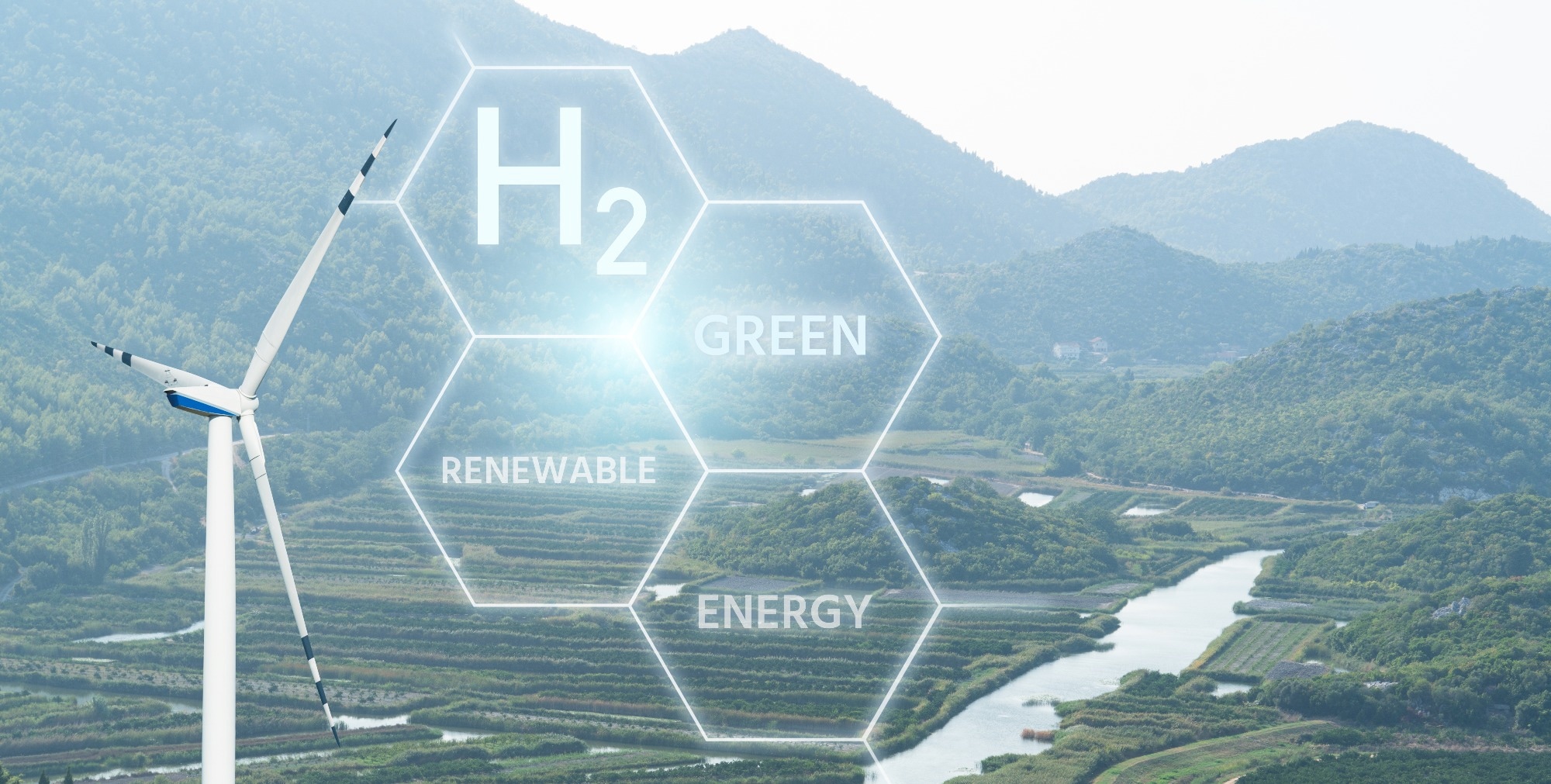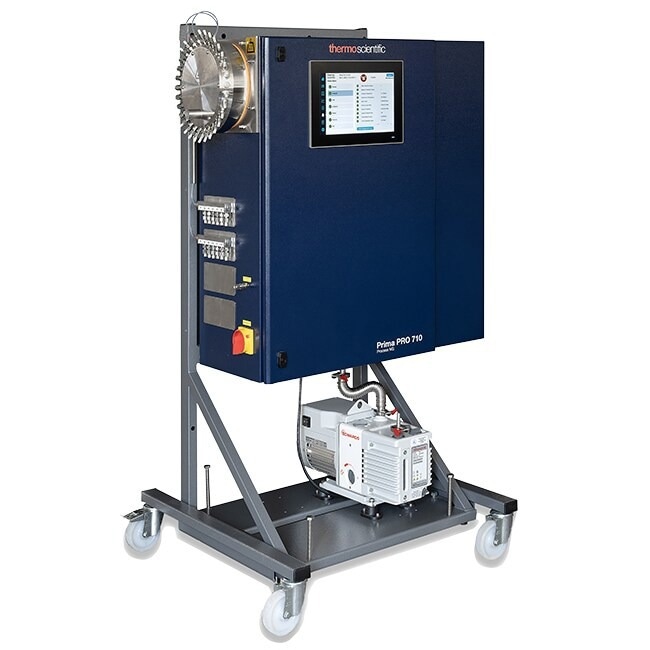The majority of developed nations have adopted a strategy for clean energy, with the aim to decrease CO2 emissions to meet a ‘net zero’ target within the next few decades. The utilization of fossil fuels must cease if this target is to be achieved, with other energy sources compensating for the shortfall.

Image credit: Scharfsinn/Shutterstock.com
The lack of these conventional fuels will leave big shoes to fill. The alternative energy source selected to replace these fuels needs to have an adequate infrastructure to produce and transport the large amounts of fuel required to sustain society’s ever-growing reliance on electrified technologies.
Hydrogen has great potential as an alternative to gas and oil. The European Commission heavily featured hydrogen in Europe’s roadmap to decarbonization,¹ as hydrogen-based technologies are expected to undergo rapid advancement over the coming decade.
Greener Hydrogen
Hydrogen is a promising green energy source; however, its environmental impact completely relies on the volume of carbon released during its production.
Nearly all hydrogen production worldwide is so-called ‘brown hydrogen.’ This is produced during the processing of fossil fuels, as well as other operations, which release a substantial amount of carbon into the atmosphere.
Although the volume of these harmful emissions may be decreased via carbon capture to generate ‘blue’ hydrogen, the most environmentally friendly method consists of utilizing renewable energy sources to power electrolysis, breaking down water into its components of ‘green’ hydrogen and oxygen.
A Partnership with Electric Chemistry
At present, it is estimated that only two percent of global hydrogen production may be considered green, but Clean Power Hydrogen (CPH2) - a major industry player based in the UK - is seeking to improve this with its new membrane-free electrolysis and cryogenic separation processes.
The company manufactures high-spec ISO units - self-contained oxygen and hydrogen production systems - and is currently scaling up the technology to increase its output and efficiency.
A crucial part of CPH2’s market is hydrogen fuel cell manufacturers, who are highly restricted by ISO purity specifications,² meaning it is vital to accurately measure and report levels of impurities.
The lead scientist of the company, Bridie Haxby, explains:
“The gas analyzers we were using are only accurate to within ±2 %, which is insufficient for some of our customers’ most stringent applications.”
Bridie elaborated further: “After explaining our issues to several suppliers, Thermo Fisher Scientific was the only company to offer its assistance, generously loaning us a mass spectrometer to help us gain a true measure of product purity.”
The Prima Candidate
The Thermo Scientific™ Prima PRO Process Mass Spectrometer is a replacement for CPH2’s many incumbent gas analyzers, significantly lessening the complexity of its analytical setup. This system enables the rapid measurement of several gas species at multiple locations in the process, all in one unit.
Due to its magnetic sector technology, the high precision of the MS instrument enables CPH2 to verify the purity of the oxygen and hydrogen streams to within ±0.1 %.
Bridie describes: “We were always confident that our process was capable of producing hydrogen with 99.99 % purity, but it took the accuracy of the Prima PRO to confirm this and give us the data needed to increase the efficacy and efficiency of our technologies.”
“It will allow us to perform factory acceptance testing on every ISO unit leaving the factory, providing customers with certificates stating the exact level of impurities in the product stream.”
Expanding on this further, Bridie explains: “It has also given us the ability to estimate production plant efficiencies, providing customers with an accurate prediction of the power consumption per kg of hydrogen produced.”
Endorsing Eco-Electrolysis
The CPH2 team decided to acquire a Prima PRO unit of its own after being so impressed by its performance. This unit is currently being utilized in both R&D and factory acceptance applications.
Thermo Fisher Scientific is proud to partner with CPH2 in the pursuit of green hydrogen. The Prima PRO Mass Spectrometer’s precision supports the advancement of electrolysis and cryogenic separation, delivering ground-breaking technologies to end-users and enabling renewable hydrogen production.

Prima PRO 710 Process Mass Spectrometer. Image Credit: Thermo Fisher Scientific – Environmental and Process Monitoring Instruments
Acknowledgments
Produced from materials originally published by Thermo Fisher Scientific.
References
- European Commission, A hydrogen strategy for a climate-neutral Europe, (EUR-Lex – 52020DC0301 – EN – EUR-Lex (europa.eu))
- International Organization for Standardization, ISO 13687:2019 Hydrogen fuel cell quality – product specification, ISO – ISO 14687:2019 – Hydrogen fuel quality – Product specification

This information has been sourced, reviewed and adapted from materials provided by Thermo Fisher Scientific – Environmental and Process Monitoring Instruments.
For more information on this source, please visit Thermo Fisher Scientific – Environmental and Process Monitoring Instruments.